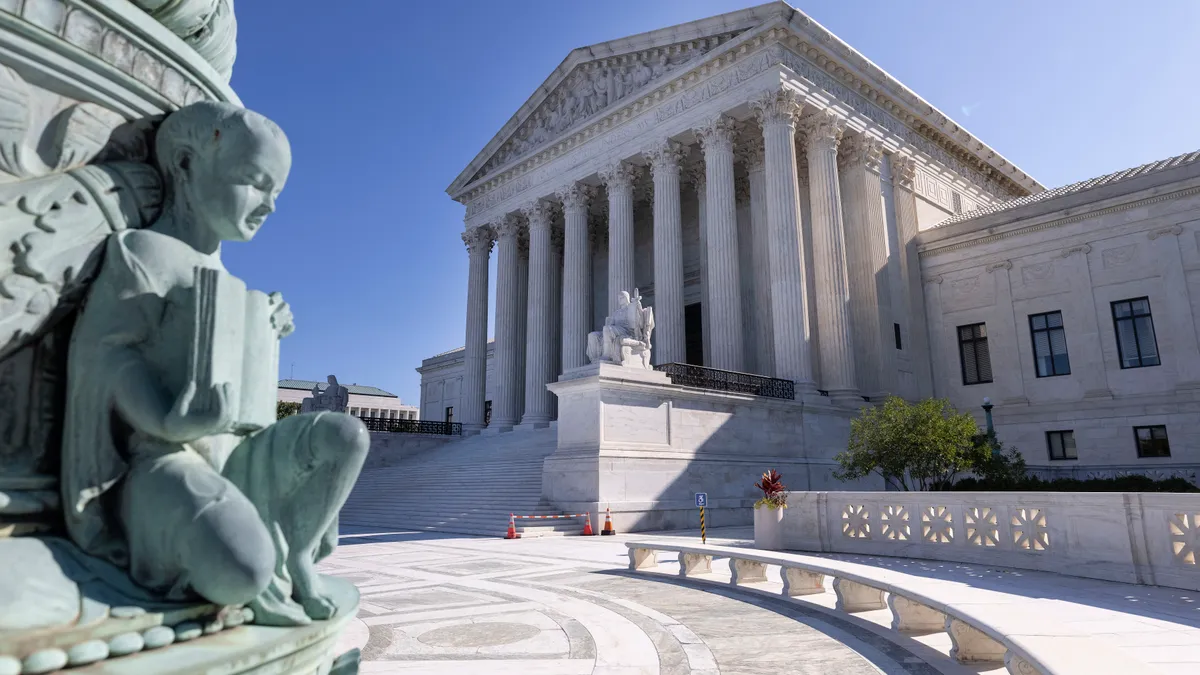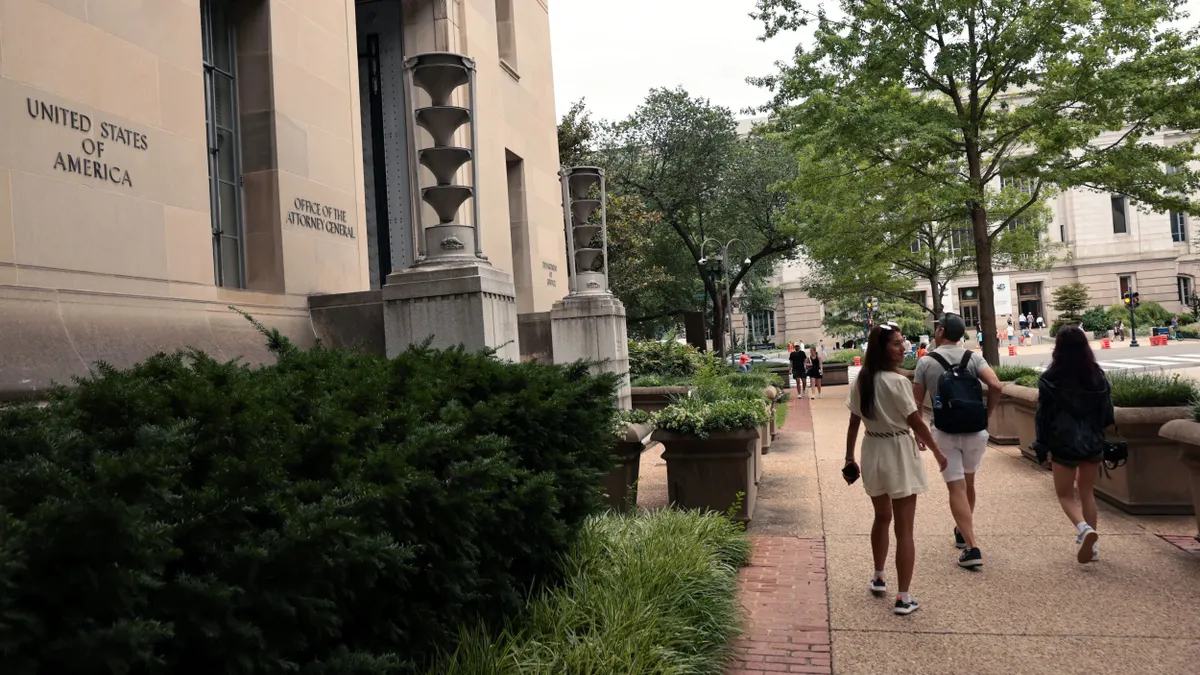Holly Williamson is a partner at Hunton Andrews Kurth. Verónica A. Ucros is an associate at the firm. Views are the authors’ own.
As employers await a ruling on Title VII’s harm standard from the U.S. Supreme Court, it’s a good time to proactively address any potential vulnerabilities in their diversity, equity and inclusion programs.
The Court heard oral arguments Dec. 6, 2023, in Muldrow v. City of St. Louis, a case that could have significant implications for discrimination cases under Title VII of the Civil Rights Act.
Specifically, the Supreme Court could clarify whether Title VII requires a clear showing of “significant disadvantage or tangible harm” to have an actionable claim. As the justices consider the implications of this case, the broader impact on interpretations of Title VII and the potential consequences for diversity, equity, and inclusion programs come into sharp focus.
Background
Muldrow centers around a St. Louis Police Department sergeant who was transferred; even though the new position provided the same pay and the same title, the transfer changed her schedule and comfort of work clothing and reduced her overtime opportunities and prestige. Additionally, her replacement for the initial role was male. She sued the city, alleging that the lateral transfer was motivated by gender bias and, therefore, violated Title VII.
Title VII prohibits employers from discriminating against employees based on race, sex and other protected characteristics concerning their “compensation, terms, conditions, or privileges of employment.” Although the words, “adverse employment action,” do not appear in the statute, the courts have a prima facie standard of discrimination under Title VII, the plaintiffs must show they suffered an adverse employment action.
As the law currently stands, most federal jurisdictions, including the jurisdiction in which Muldrow originated, require a showing of material disadvantage or harm to establish that the employee suffered an adverse employment action. Other circuits, such as the D.C. and 6th U.S. Circuit Court of Appeals, have asserted that Title VII's plain text does not require a showing of harm beyond the discriminatory act itself.
The district court and the 8th Circuit ruled against the sergeant, finding the transfer did not amount to a tangible change in working conditions that produced a material employment disadvantage. In coming to this conclusion, the courts reasoned that apart from changes to her schedule, prestige, overtime opportunities and comfort of clothing, her pay and rank remained unchanged after the transfer and, therefore, she had suffered no material employment disadvantage.
Given the split among the circuit courts on this issue, the plaintiff sought Supreme Court resolution of the issue. She has argued to the Court that Title VII prohibits discriminatory conduct concerning an employee’s terms, conditions or privileges of employment irrespective of whether a specific level of harm results. St. Louis, however, argued that there is a “significant disadvantage” requirement that must be met to successfully establish a discrimination claim.
Now, after hearing both sides’ arguments, the Supreme Court is considering the narrow question of whether Title VII prohibits discrimination in employer transfer decisions without additional proof that the transfer caused tangible harm or significant disadvantage.
During oral argument, the justices seemed inclined to acknowledge that discriminatory intent alone could constitute harm, signaling potential support for the plaintiff and her arguments. Justices Neil Gorsuch and Brett Kavanaugh highlighted the inherently discriminatory nature of differential treatment based on race or sex, suggesting that tangible harm might not be a prerequisite for establishing discrimination under Title VII. Other justices, such as Justice Elena Kagan, however, highlighted potential ramifications that may result in too broad of a decision on this issue.
Potential consequences of the court’s decision
Given that at the core of this case is the question of whether Title VII necessitates tangible harm as a prerequisite for proving employment discrimination in transfer decisions, the ruling could set a precedent for broader interpretations of Title VII.
Some legal experts argue that a broad ruling favoring the employee will open the door to more discrimination challenges that were otherwise barred due to the significant hurdle presented by the tangible harm standard. For example, employees who were otherwise barred from bringing actions for schedule changes or work transfers who had not suffered significant harm would be able to bring actions under Title VII under a broad ruling. Conversely, others express concerns that a broader interpretation may jeopardize efforts to improve equality, such as DEI programs geared toward minority employees, as it would eliminate the requirement for employees to provide evidence of harm caused by the employer's practices.
A broad ruling by the Court abolishing the heightened harm requirement, therefore, could usher in "reverse" discrimination lawsuits targeting such DEI programs. Without the need to demonstrate objectively meaningful harm, employer-sponsored programs meant to mentor, train and support underrepresented groups might potentially violate Title VII, or at least, face increased scrutiny.
That being said, the Court may instead offer a more narrow decision related to the sergeant’s particular situation, leaving the Title VII landscape relatively unchanged.
Balance between goals of DEI and legal scrutiny
This potential change to the landscape of Title VII precedent introduces an opportunity for employers to evaluate the delicate balance between the goals of DEI initiatives and legal scrutiny.
While the intention behind DEI programs is often to rectify historical imbalances and promote inclusivity, a broader understanding of adverse employment actions may subject these initiatives, and the employers that have implemented them, to more rigorous evaluation.
It is important, therefore, for organizations to review their DEI programs and ensure that they align with Title VII principles. Proactively addressing potential vulnerabilities in programs that provide specific benefits tied to protected characteristics with the guidance of experienced counsel can help organizations navigate the evolving legal landscape.




















